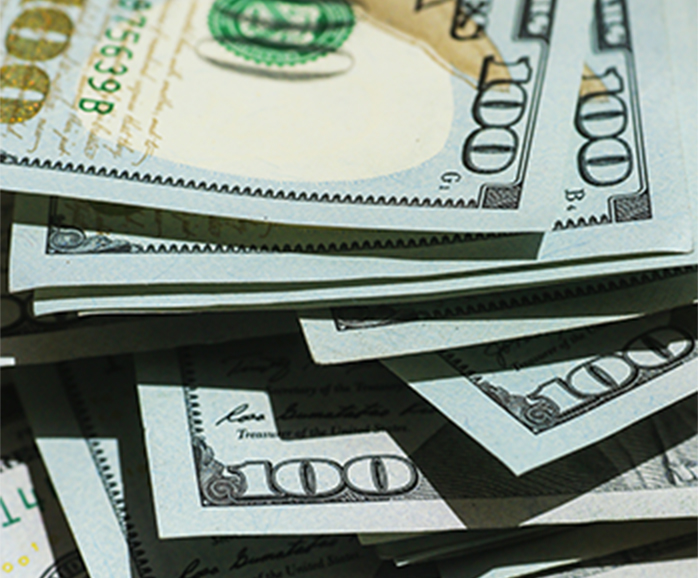By - September 25, 2020
Categories: General
Before this installment, I talked about the balance sheet and before that I educated you about the income statement. Let’s learn about your statement of cash flows and how to read it. My goal today is for you to totally understand the statement of cash flows
The statement of cash flows is also called the cash flow statement. It is a general-purpose financial statement and the numbers are related to the information on the balance sheet. When the balance sheet changes, so does the cash account on the cash flow statement for the same time (for this blog we’ll be using a month. It also reconciles beginning and ending cash and cash equivalents account balances. Don’t get frustrated by the terms. These will be broken down as we move forward.
This statement shows what transaction affected the cash accounts. It also shows how effectively and efficiently your shop uses its cash to finance operations and if needed, expansions in equipment and facilities. In other words, does your shop have good cash flow?
A healthy statement of cash flows is very valuable should you look for investors or when is comes time to sell your shop.
Generally ‘cash flow’ defines your shop’s ability to collect and maintain positive cash flow and balances to pay upcoming bills. Another way to look at this is that when you have good cash flow, you can pay for your operations and pay your debts without making late payments.
The statement of cash flows has three main sections. Cash flows from:
Operating Activities
Investing Activities
Financing Activities
Let’s take a look at operating activities
Cash flows generated from operating activities include transactions from the operations of the business. This section represents the cash collected from the primary cash generating activities (revenues) of the business like service and sales. These are short-term activities and only affect the current month. An example is, payment of supplies is an operating activity because it relates to the shop’s operations and is used in the current month.
Operating cash flows are calculated by adjusting net income by the changes in current asset and liability categories on the balance sheet.
Now let’s shift our attention to investing activities.
Cash flows from investing activities consist of cash coming in from sales (inflows)and cash going out for purchases of long-term assets (outflows). As defined in an earlier blog a long-term asset is an asset that is not expected to convert to cash within one year of the date shown in the heading of the balance sheet.
In other words, the investing section of the statement represents the cash that the shop either collected from selling a long-term asset or spending money on buying a new long-term asset. You can also think of this section as the shop investing in itself.
Investing cash flows are calculated by adding up the changes in long-term asset accounts.
Drum roll please?! Now for the final topic, financing activities
Depending upon the size and structure of your shop financing activities may not apply to your situation. Check out the rest to see if it does.
The financing section on the cash flow statement represents the amount of cash collected from issuing stock or taking out loans and the amount of cash disbursed to pay dividends and long-term debt. You can think of financing activities as the ways a shop finances its operations either through long-term debt or investment financing.
Financing cash flows are calculated by adding up the changes in all the long-term liability and equity accounts. These numbers come from your balance sheet
If you need a bit more help understanding your cash flow statement, sit down with your bookkeeper and she will show you the money until you have total understanding of what your cash flow statement means to your shop.
Friday, September 25, 2020
Natalie Paris

